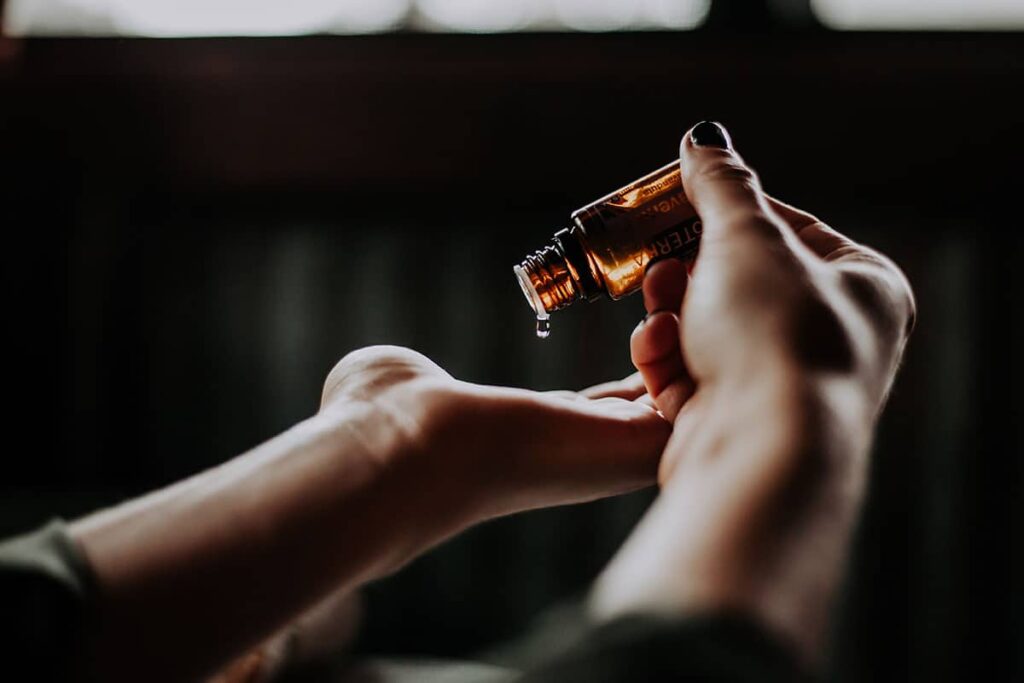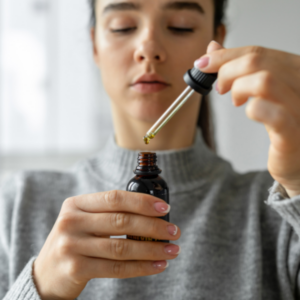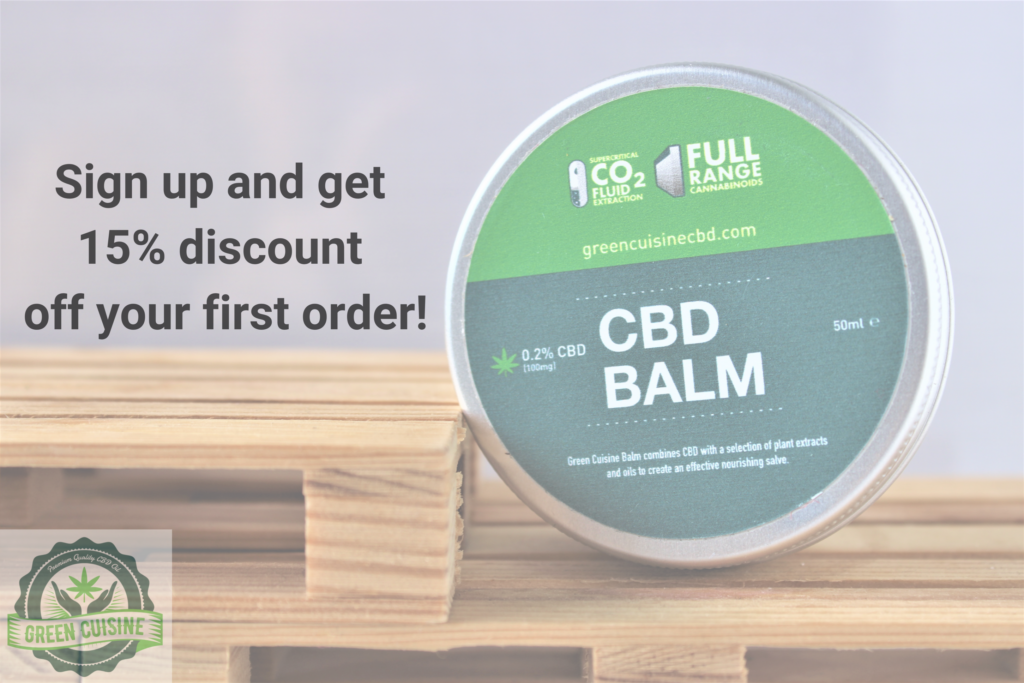CBD, or cannabidiol has many applications. After being discovered in 1940 by Roger Adams, this cannabinoid has helped countless people improve their mental and physical health over the years. In this article, we will be focusing on the topical benefits of CBD, specifically. But first, let’s start with the basics!
What is CBD?

Cannabidiol is one of over 100 different cannabinoids found in the cannabis and hemp plant. This helpful compound is non-psychoactive, meaning it will not get you high. This is a huge misconception that often comes with CBD.
Many of us are aware of THC (tetrahydrocannabinol), due to its famous psychoactive effects that the cannabis high has to offer. Not only does it offer soothing psychoactive effects, but it also has contains various healing properties for the mind and body. However, many individuals wish to get the benefit but without the sometimes unwanted high that comes with THC. This is where CBD come in handy!
It can offer extremely similar benefits to THC, only without the high! This makes it a fantastic alternative to THC. The most common way to consume cannabidiol is by taking CBD oil. Although CBD oil is a hot topic these days, we will be taking a different route and going over how it works topically, looking at how to treat skin conditions with CBD. Let’s get started!
How does CBD work topically?

While cannabidiol has many internal benefits, it also has many external benefits, as well! Applying CBD to your skin can be a unique and effective addition to your skincare routine or it could also be a way to successfully treat clinical skin conditions! With its wide range of applications and success rate, it is always worth a try when dealing with stubborn skin. But, how does CBD work topically?
There is a high concentration of cannabinoid receptors in the skin that can be found all over the body. When applied topically, it activates the endocannabinoid system through those receptors. It then binds to the cannabinoid receptors in your epidermal and dermal skin, allowing your skin to fully receive the cannabinoid you are using. This is a process that often results in the alleviation of both inflammation and pain in the skin, which go hand in hand.
This means when you apply CBD to the skin, your receptors receive it and reduce inflammation which is almost always the root cause of pain. This is how CBD works topically. Let’s go over the benefits and different skin conditions that can benefit from its topical use, according to scientific studies!
Topical CBD benefits

The benefits of topical application are major. Let’s go over specific conditions that it can treat.
In a 2019 study, we found that CBD may be useful for treating some common symptoms of skin conditions. Cannabidiol’s anti-inflammatory properties may be specifically useful for reducing the potential triggers of eczema, psoriasis and general dermatitis. Let’s have a closer look at these.
Psoriasis is a skin disease that causes red scaly patches that are very irritating and itchy. It most commonly appears on the knees, elbows and the scalp. Some research indicates that cannabidiol ointments and salves can subside the symptoms of this painful skin condition. Psoriasis is an inflammatory condition, which means CBD can work very effectively to treat it.
Eczema, also known as atopic dermatitis, is a condition that makes your skin very red and inflamed, which causes a lot of itchiness and irritation. Unlike psoriasis, eczema is a wet rash, which makes it very tricky to treat because it needs to breathe. While there are very few studies performed on cannabidiol and eczema, the results we have so far are promising. It has helped many eczema patients reduce, and in some cases, rid them of their eczema flare ups.
Dermatitis is a general term that refers to common skin irritation and can have many causes and forms. It typically involves dry, itchy and inflamed skin. While this is a very general and vague term, it is something that many individuals suffer from. It can be very stubborn as the cause is not always clear with such a vague diagnosis, so patients must go through various trials of potential ointments and other treatments. This makes CBD a very effective treatment as it seems to help with generally irritated skin, despite the diagnosis. From the few studies, it appears that cannabidiol is an all-around helpful aid for most skin conditions that involve inflammation.
The three skin conditions above all occur in the form of flare-ups. It can come and go and can be triggered in different ways. Using CBD topically between flair ups (in areas where the rash typically occurs) can also help prevent them from coming on. That being said, make sure if you use cannabidiol for your skin conditions that you also use it between flare-ups to prevent any oncoming skin inflammation!
Another topical CBD benefit is sleep. When you are suffering from skin flare-ups, it can seem impossible to sleep at night with all the consistent irritation keeping you up. Using CBD topically can help with instant relief, which can increase comfort, helping you sleep better.
TIP: If you are sleeping poorly due to a flare-up, keep some CBD balm or lotion next to your bed as well as some CBD oil. If you are having trouble relaxing and getting comfortable, at least you have your balm on hand for instant relief. Using oil orally can also help you relax before bed. When you are in so much discomfort, any relief is helpful! Combining both balm and oil is a great way to soothe your skin and relax your mind before bed is a game changer.
The bottom line
While cannabidiol has no known risk, it is important to always consult your doctor before introducing any new treatment for a clinical diagnosis. Countless individuals all over the globe have successfully treated serious skin conditions with it. That being said, if you suffer from skin conditions, it may be time to speak to your doctor about using CBD.





